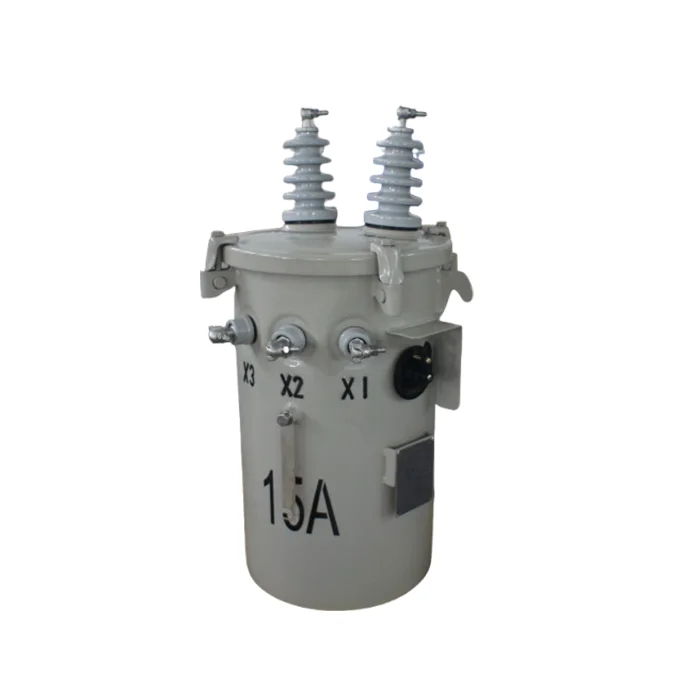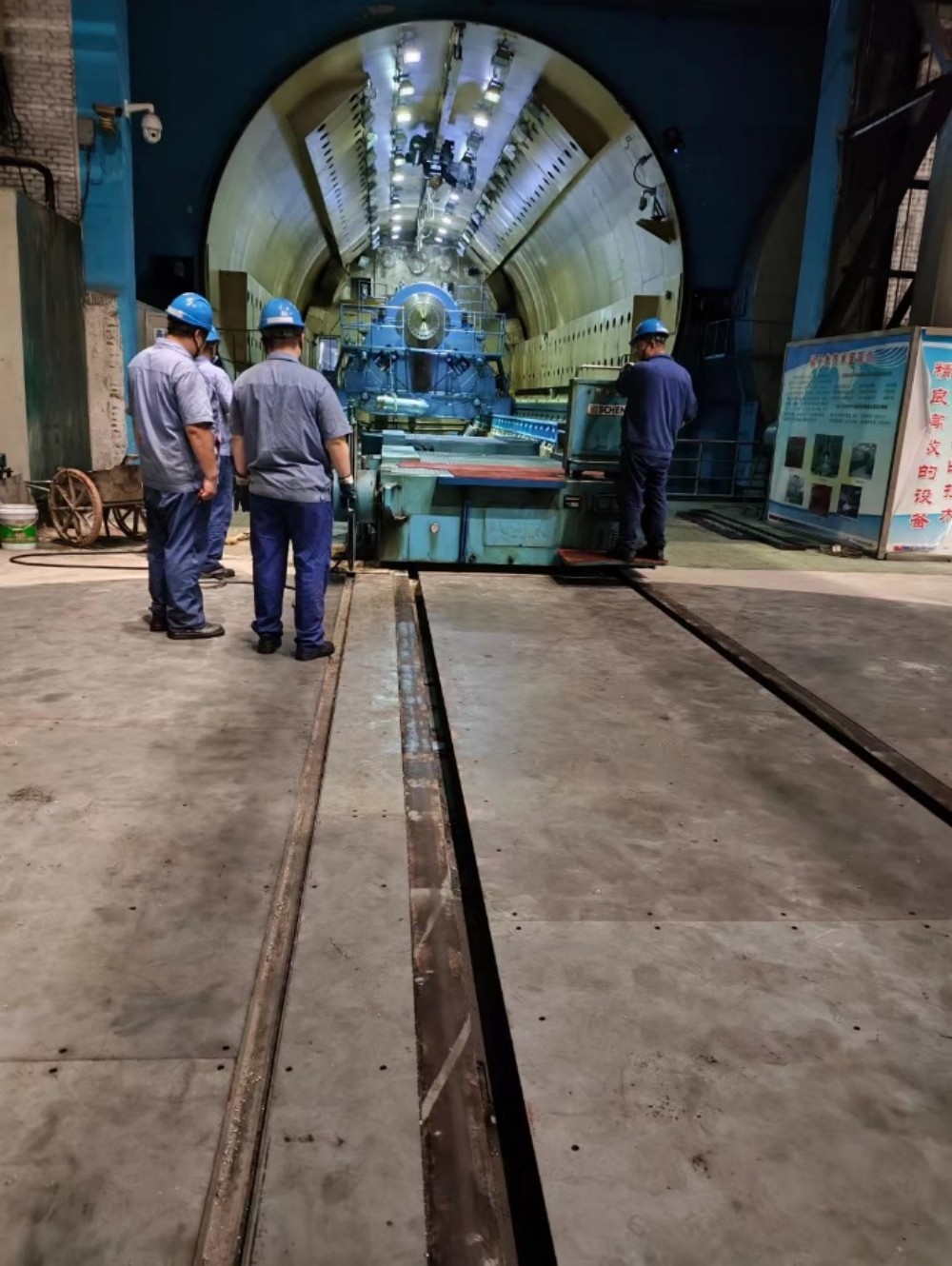
Mining plays a crucial role in the global economy, providing essential raw materials for various industries. From precious metals to industrial minerals, the extraction process involves a multitude of techniques and considerations. In this blog post, we will delve into the intricacies of mineral mining, exploring the diverse methods employed and the environmental and social impacts associated with this industry.
- Surface Mining:
Surface mining is the most common method used to extract minerals that are close to the Earth's surface. This technique involves removing overlying soil and rock layers to access the mineral deposits beneath. There are several subcategories of surface mining, including open-pit mining, quarrying, and strip mining. Each method has its own set of advantages and challenges, depending on the type of mineral being extracted and the geological characteristics of the deposit. - Underground Mining:
When mineral deposits are located at significant depths, underground mining becomes the preferred method. This approach involves creating tunnels and shafts to access the mineral-bearing veins or ore bodies. Underground mining techniques vary depending on the specific mineral being extracted, such as room and pillar mining, longwall mining, and block caving. Safety precautions and ventilation systems are crucial in underground mining to protect workers and maintain stable conditions. - Mineral Processing:
Once minerals are extracted from the earth, they often require further processing to remove impurities and obtain the desired quality and purity. Mineral processing involves various techniques, including crushing, grinding, screening, and separation processes. These processes aim to separate the valuable minerals from the surrounding waste materials, ensuring optimal utilization of the extracted resources. - Environmental Considerations:
Mineral mining can have significant environmental impacts, including habitat destruction, soil erosion, and water pollution. To mitigate these effects, mining companies employ various strategies such as reclamation and rehabilitation of mined areas, implementing water management systems, and adopting sustainable mining practices. Additionally, advancements in technology have led to the development of more environmentally friendly mining methods, such as in-situ leaching and bioleaching. - Social and Economic Impacts:
Mineral mining has both positive and negative social and economic impacts on local communities. While it can contribute to economic growth and job creation, it can also lead to displacement of communities, conflicts over land rights, and health and safety concerns for workers. Responsible mining practices involve engaging with local communities, providing employment opportunities, and investing in social development projects to ensure a sustainable and mutually beneficial relationship.
Conclusion:
Mineral mining is a complex and multifaceted industry that plays a vital role in supporting global economic development. Understanding the various mining techniques, environmental considerations, and social impacts is crucial for promoting responsible and sustainable mining practices. By balancing the need for mineral resources with environmental and social responsibility, we can ensure a prosperous future for both the industry and the communities it affects.








